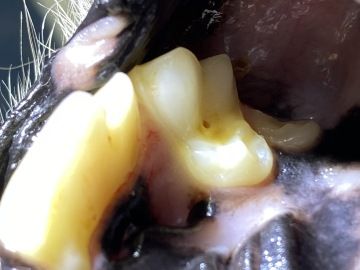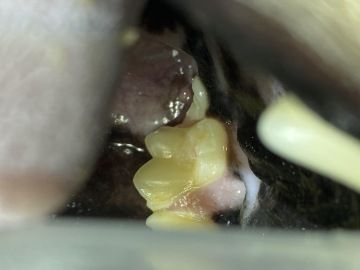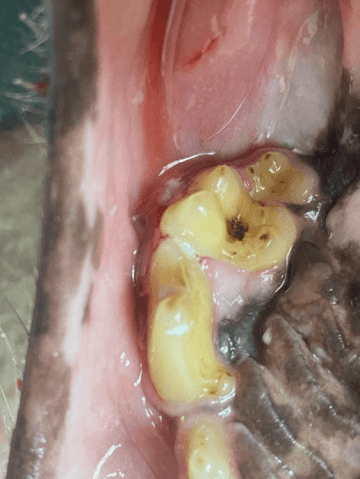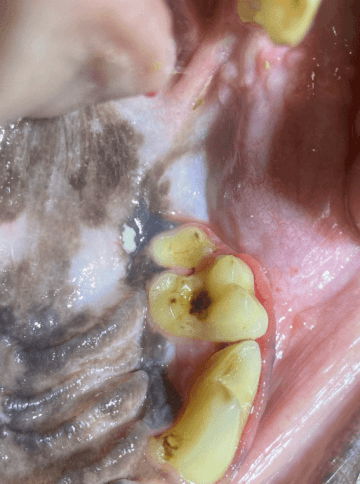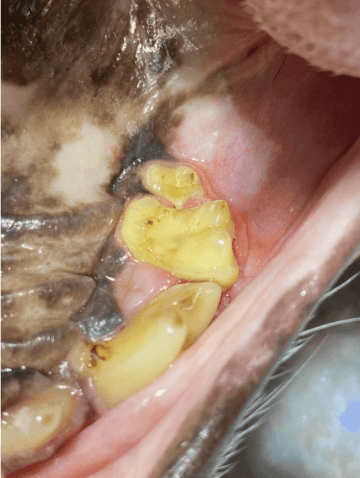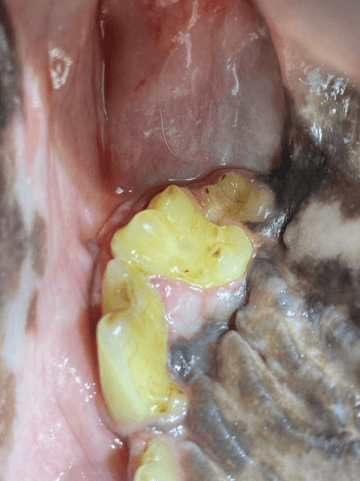Dental caries therapy
3 years ago
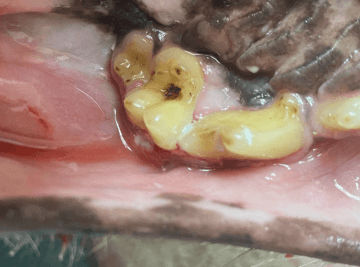
Tooth decay, or bacterial infection of the teeth, is common in humans, less common in dogs, and virtually non-existent in cats. It is reported that less than 10% of all dental problems are related to tooth decay. It may be related to the fact that human saliva is more acidic, human teeth contain many pits and notches, and the human diet is rich in carbohydrates - mainly sugars. In addition, cariogenic bacteria are less common in the mouths of dogs and cats than in the mouths of humans.
The initial lesion of caries is acid demineralization of enamel. This is achieved by cariogenic bacteria that ferment sugar and thereby release acids onto the surface of the tooth. In dogs, decay usually occurs on the occlusal surfaces of the molar teeth (the big ones at the back). It has the appearance of a brown to black lesion with a soft surface.
Caries treatment is practically identical to treatment by a human dentist. The decaying tooth structure must be removed with a dental bur until healthy dentin is achieved. An x-ray should be taken to determine if the infection has spread to the pulp, in which case the tooth also requires root canal therapy. The missing tooth structure is then restored with a composite. Dogs that have had tooth decay are prone to further lesions.

